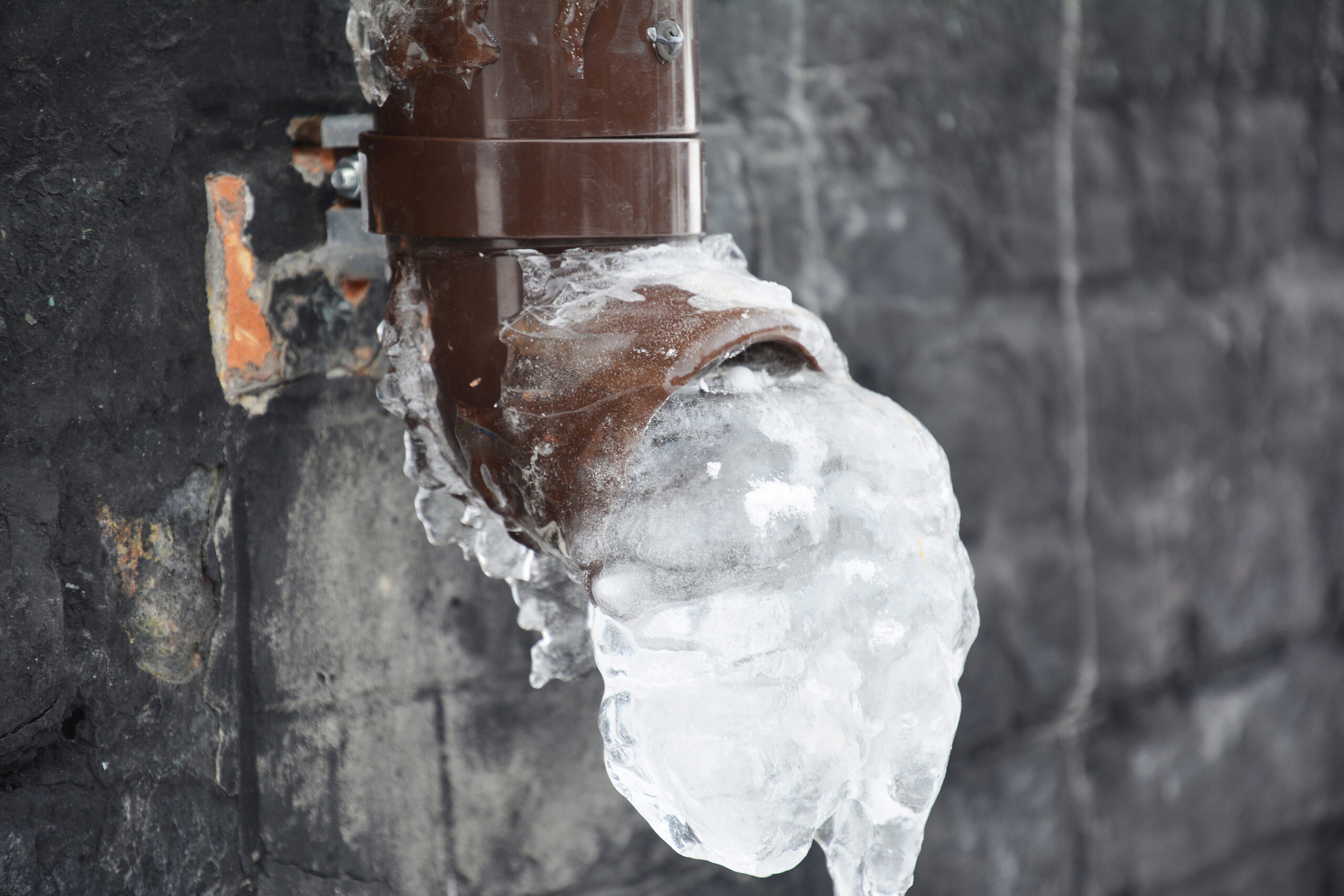Just how do you feel on the subject of Prevent Frozen Pipes ?

Cold weather can damage your pipes, especially by freezing pipes. Right here's exactly how to prevent it from occurring and what to do if it does.
Introduction
As temperature levels decrease, the risk of frozen pipes rises, potentially resulting in costly repairs and water damages. Understanding how to prevent icy pipes is vital for property owners in chilly environments.
Avoidance Tips
Shielding prone pipes
Cover pipes in insulation sleeves or utilize warmth tape to safeguard them from freezing temperature levels. Concentrate on pipelines in unheated or exterior locations of the home.
Heating strategies
Maintain indoor rooms sufficiently warmed, specifically areas with plumbing. Open cabinet doors to enable warm air to circulate around pipes under sinks.
How to identify icy pipelines
Seek reduced water flow from faucets, uncommon smells or noises from pipelines, and visible frost on revealed pipes.
Long-Term Solutions
Architectural modifications
Think about rerouting pipelines away from outside wall surfaces or unheated areas. Add added insulation to attic rooms, cellars, and crawl spaces.
Upgrading insulation
Invest in high-grade insulation for pipelines, attics, and walls. Proper insulation aids preserve regular temperatures and reduces the risk of frozen pipelines.
Shielding Outside Pipes
Garden pipes and outdoor taps
Separate and drain garden tubes prior to winter. Install frost-proof spigots or cover exterior faucets with insulated caps.
Comprehending Frozen Pipelines
What creates pipes to freeze?
Pipelines freeze when revealed to temperature levels below 32 ° F (0 ° C) for extended durations. As water inside the pipelines freezes, it broadens, putting pressure on the pipeline walls and potentially causing them to burst.
Risks and problems
Frozen pipelines can cause water system disruptions, residential property damages, and pricey repairs. Ruptured pipes can flooding homes and trigger considerable architectural damages.
Indications of Frozen Pipeline
Recognizing icy pipes early can avoid them from breaking.
What to Do If Your Pipelines Freeze
Immediate activities to take
If you think icy pipes, maintain faucets available to soothe pressure as the ice melts. Make use of a hairdryer or towels taken in hot water to thaw pipelines gradually.
Verdict
Avoiding frozen pipelines needs proactive procedures and fast responses. By understanding the causes, signs, and preventive measures, home owners can secure their plumbing throughout cold weather.
5 Ways to Prevent Frozen Pipes
Drain Outdoor Faucets and Disconnect Hoses
First, close the shut-off valve that controls the flow of water in the pipe to your outdoor faucet. Then, head outside to disconnect and drain your hose and open the outdoor faucet to allow the water to completely drain out of the line. Turn off the faucet when done. Finally, head back to the shut-off valve and drain the remaining water inside the pipe into a bucket or container. Additionally, if you have a home irrigation system, you should consider hiring an expert to clear the system of water each year.
Insulate Pipes
One of the best and most cost-effective methods for preventing frozen water pipes is to wrap your pipes with insulation. This is especially important for areas in your home that aren’t exposed to heat, such as an attic. We suggest using foam sleeves, which can typically be found at your local hardware store.
Keep Heat Running at 65
Your pipes are located inside your walls, and the temperature there is much colder than the rest of the house. To prevent your pipes from freezing, The Insurance Information Institute suggests that you keep your home heated to at least 65 degrees, even when traveling. You may want to invest in smart devices that can keep an eye on the temperature in your home while you’re away.
Leave Water Dripping
Moving water — even a small trickle — can prevent ice from forming inside your pipes. When freezing temps are imminent, start a drip of water from all faucets that serve exposed pipes. Leaving a few faucets running will also help relieve pressure inside the pipes and help prevent a rupture if the water inside freezes.
Open Cupboard Doors
Warm your kitchen and bathroom pipes by opening cupboards and vanities. You should also leave your interior doors ajar to help warm air circulate evenly throughout your home.

I hope you enjoyed reading our topic about Preventing and dealing with frozen pipes. Thank you for taking a few minutes to read through our piece. In case you enjoyed our article please be sure to pass it around. Thank you for your time. Come back soon.
View Website